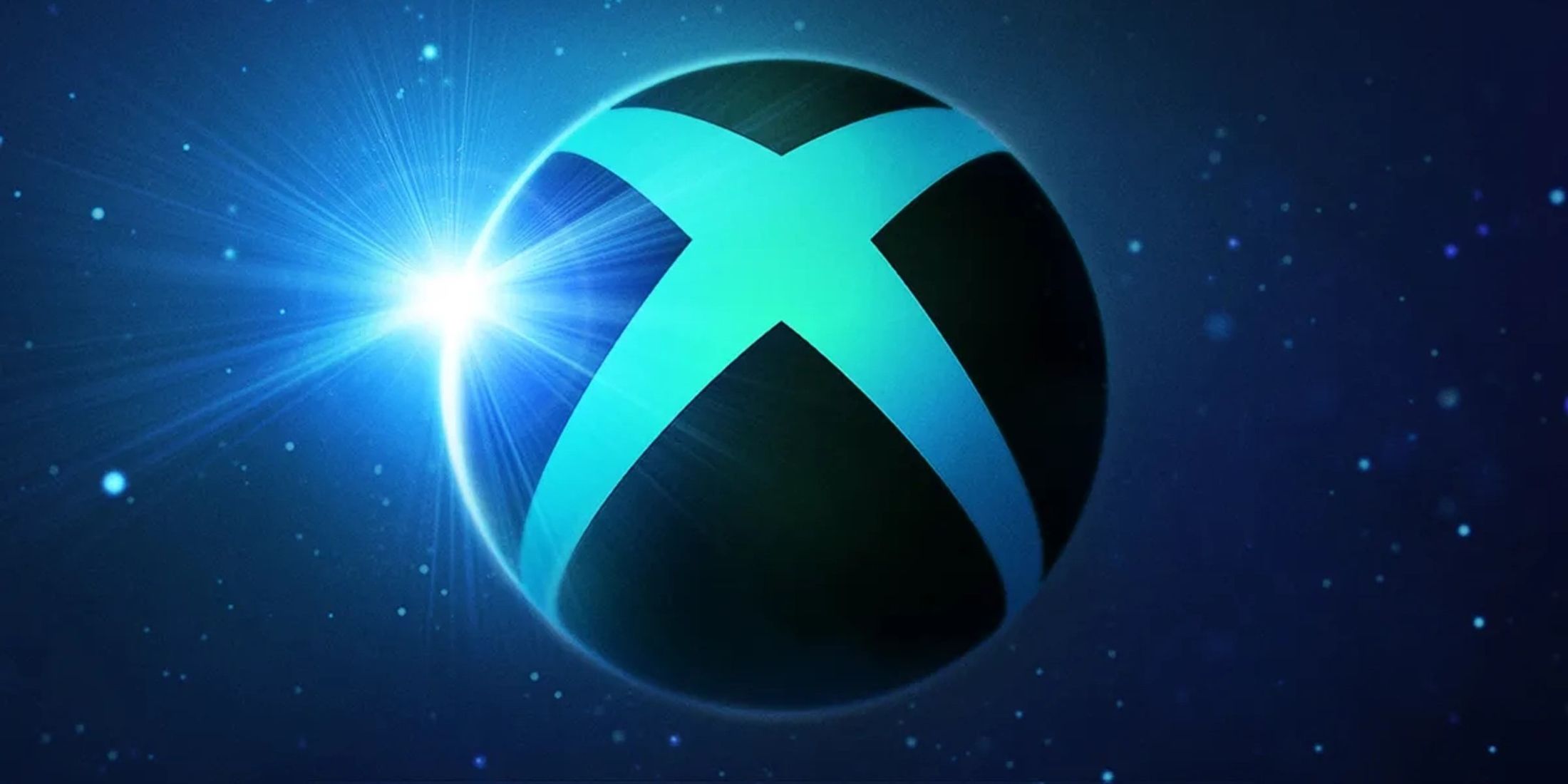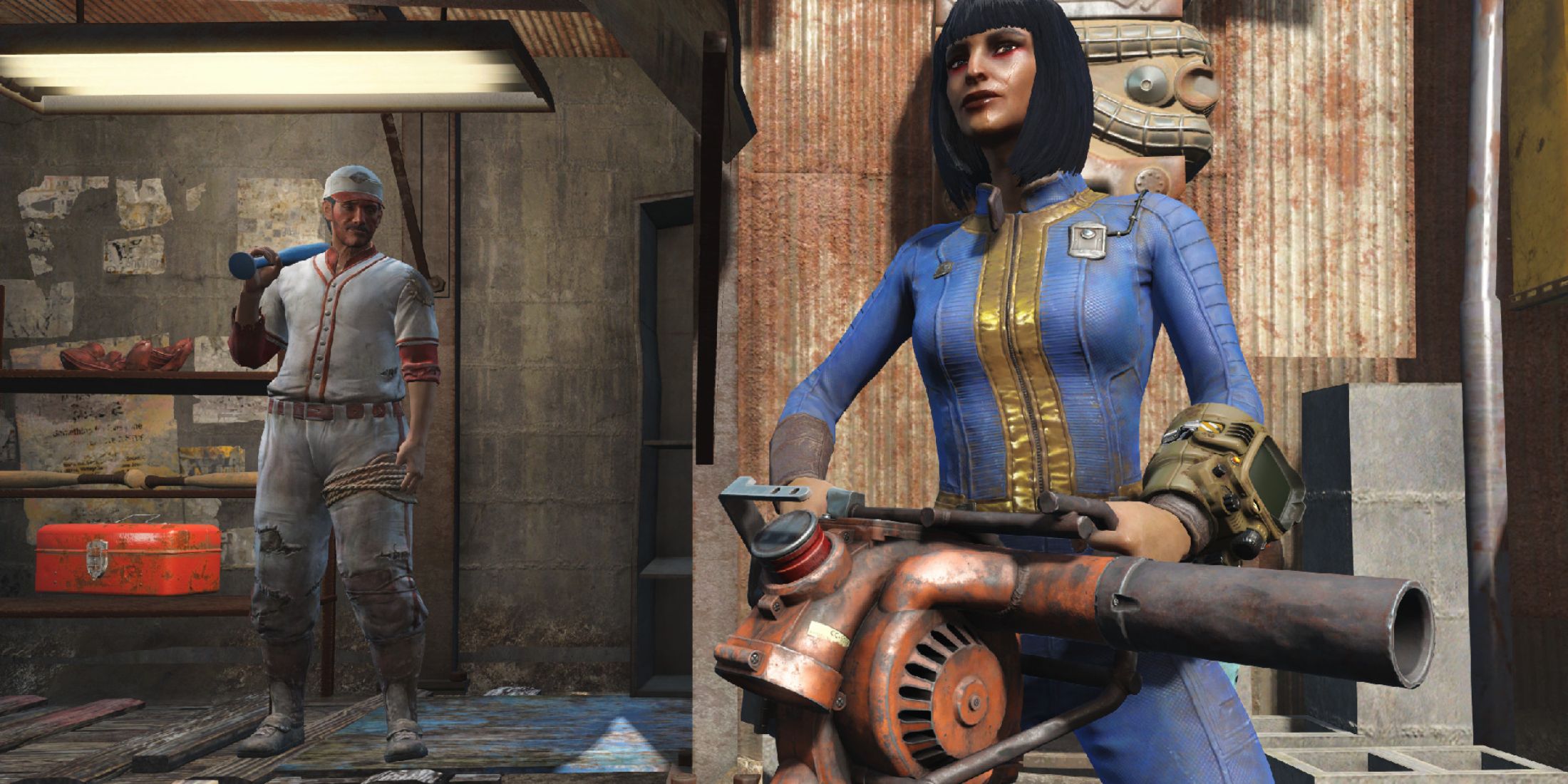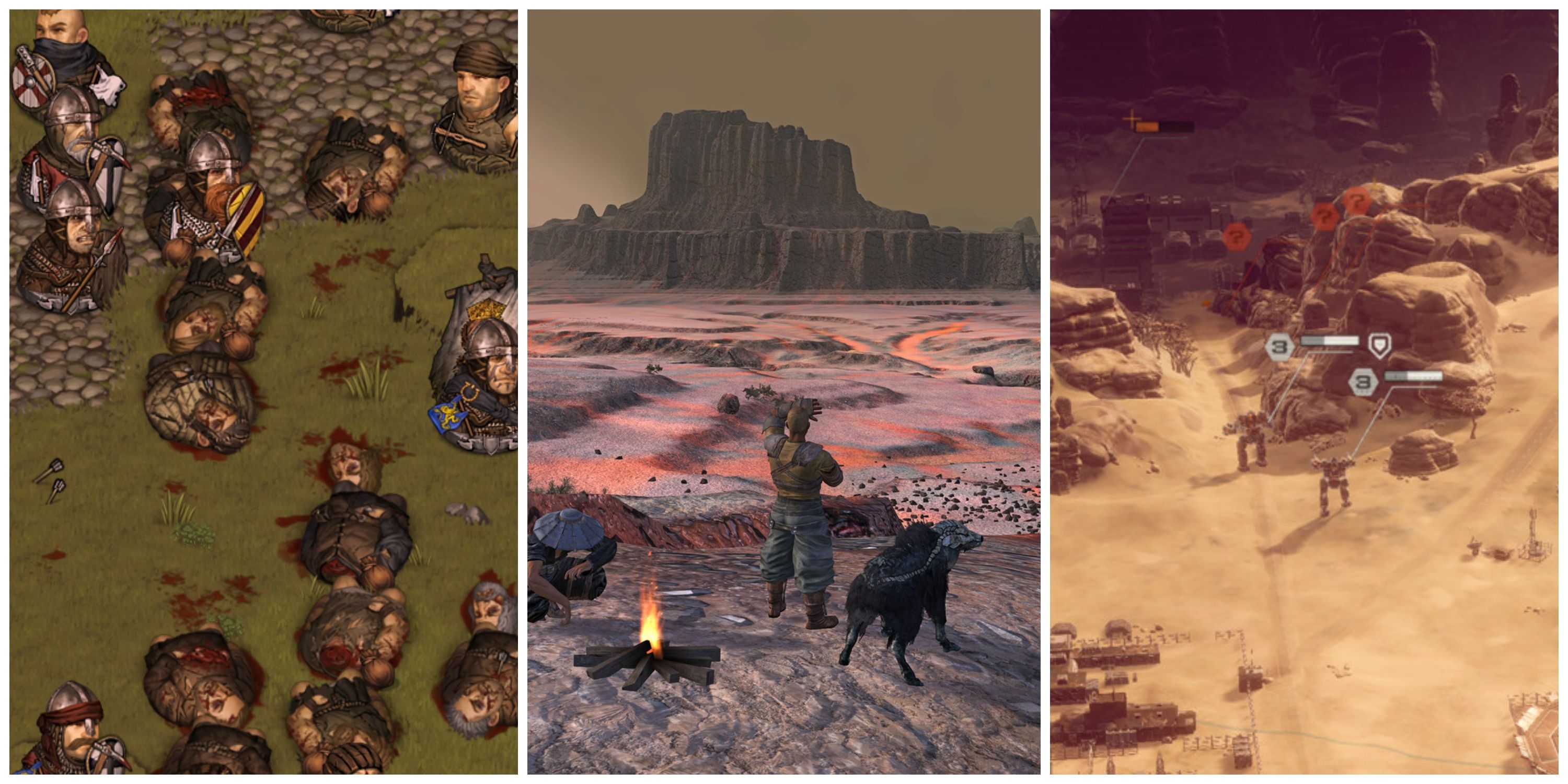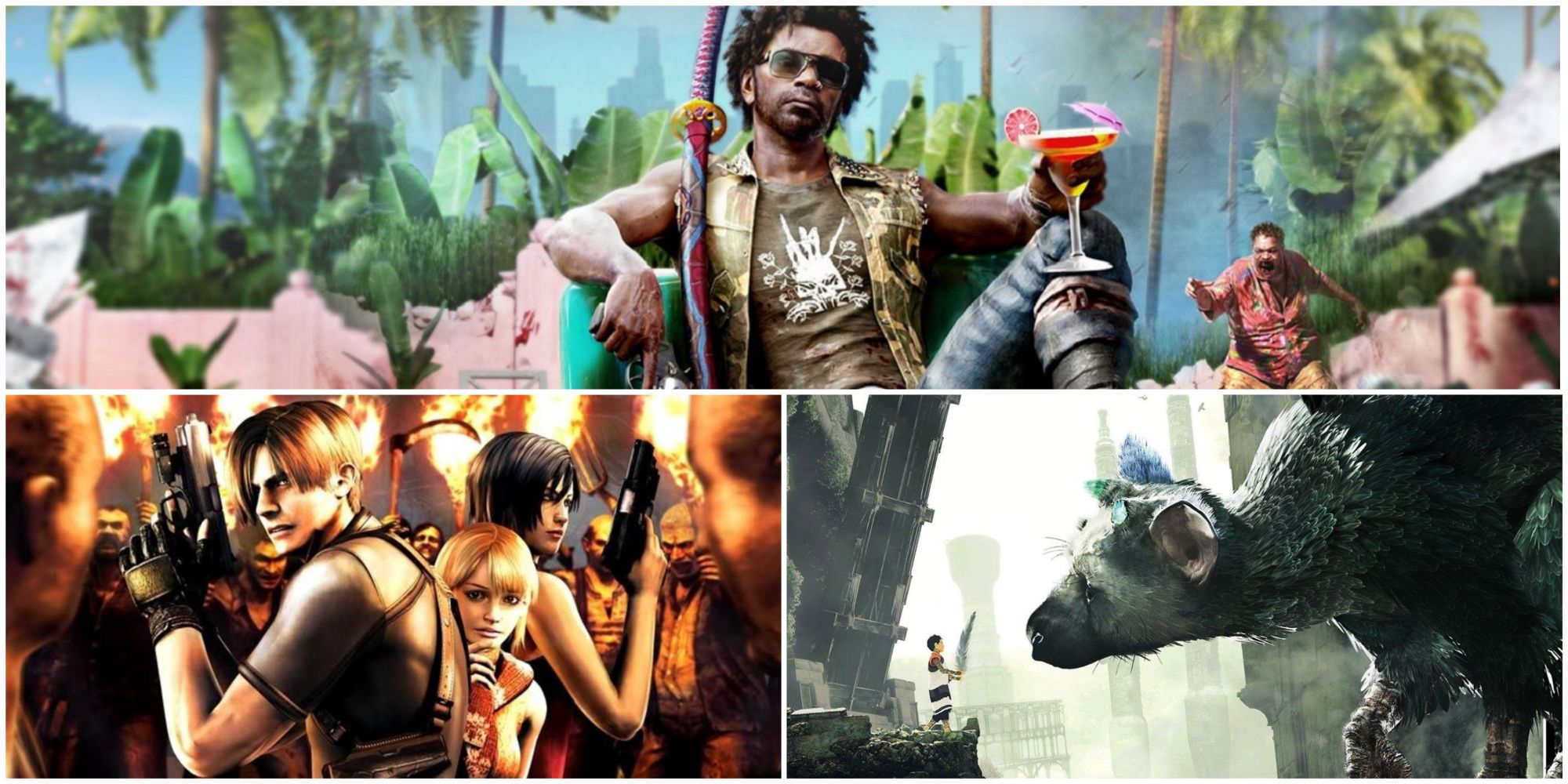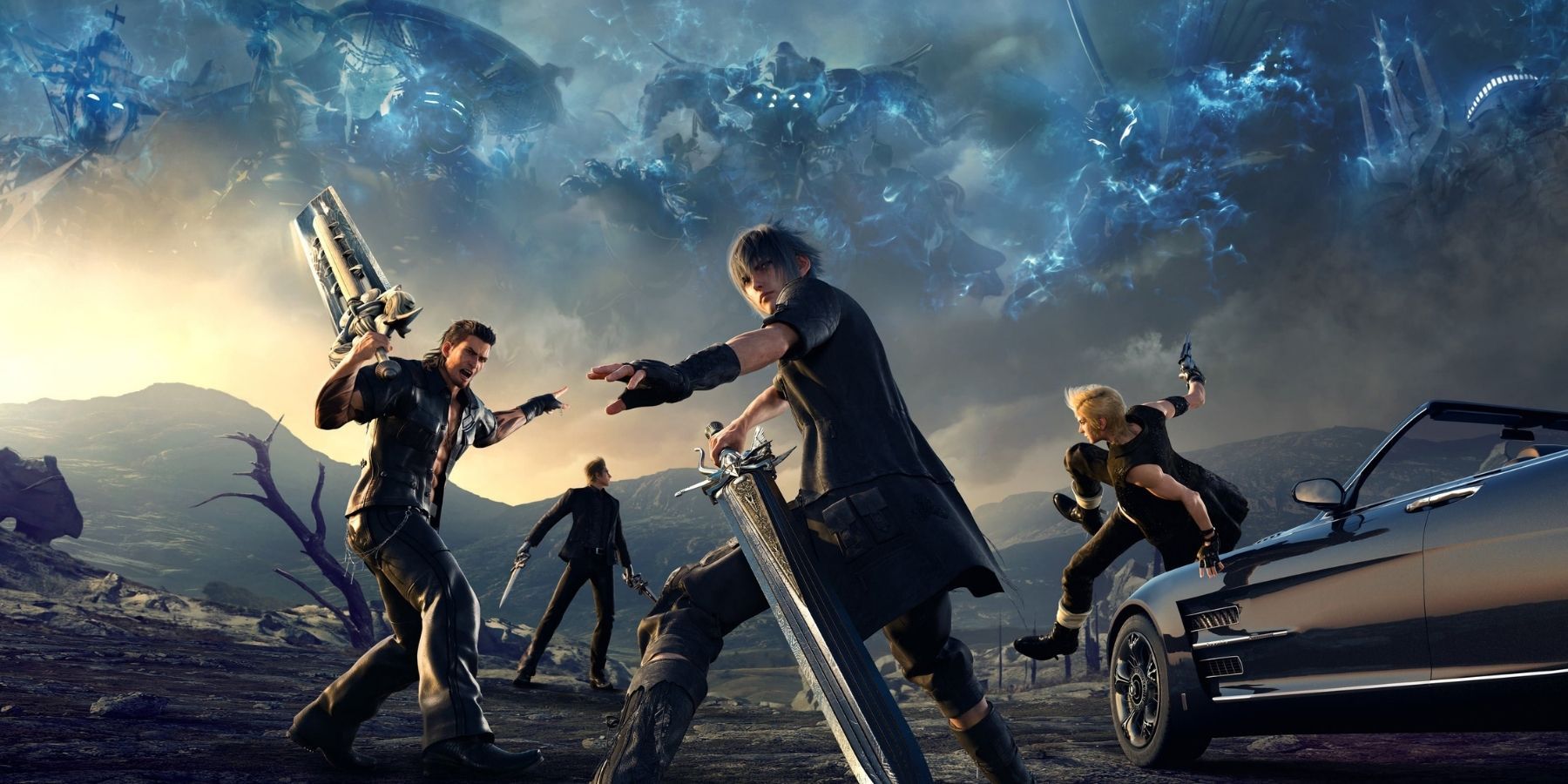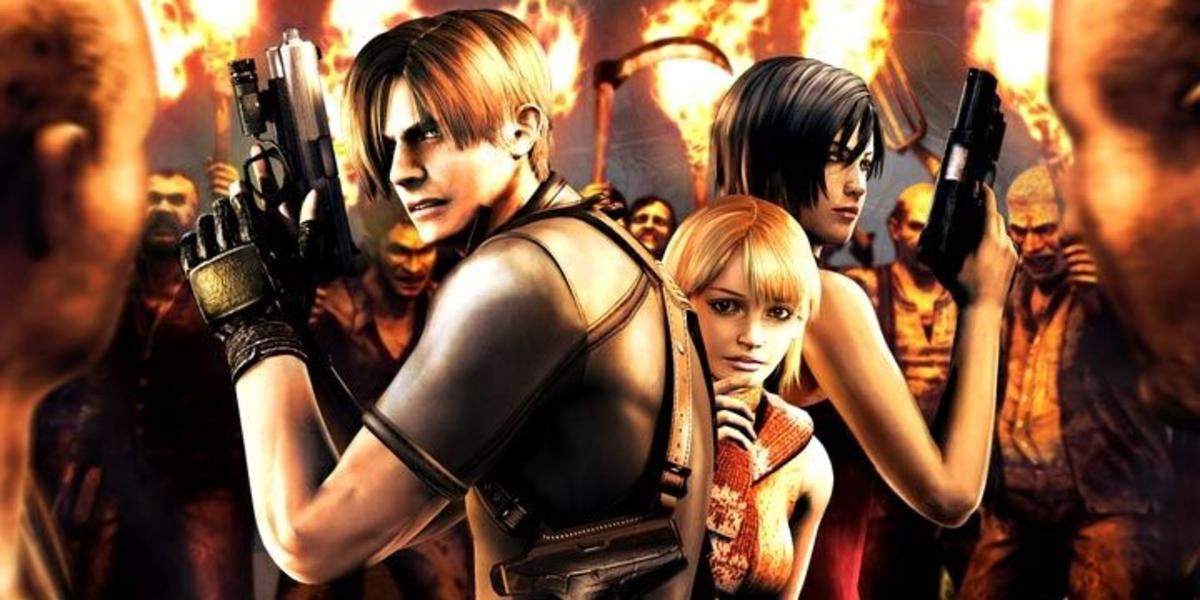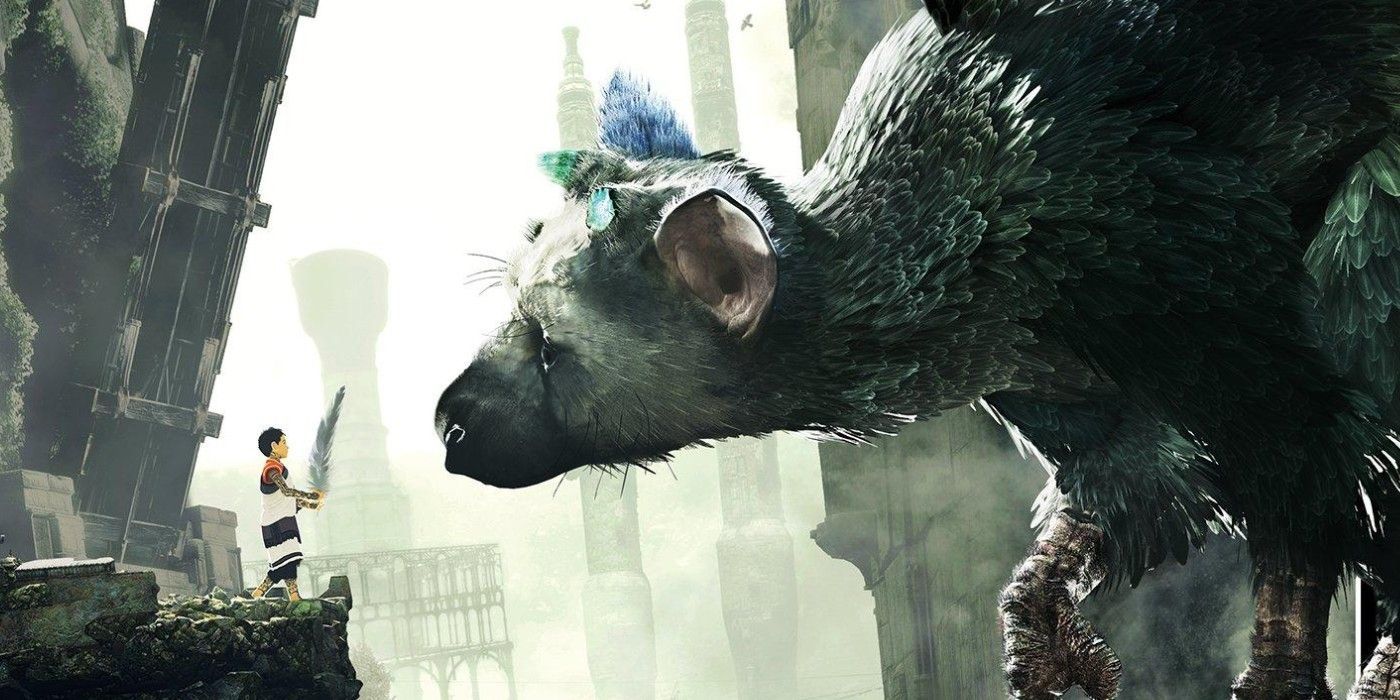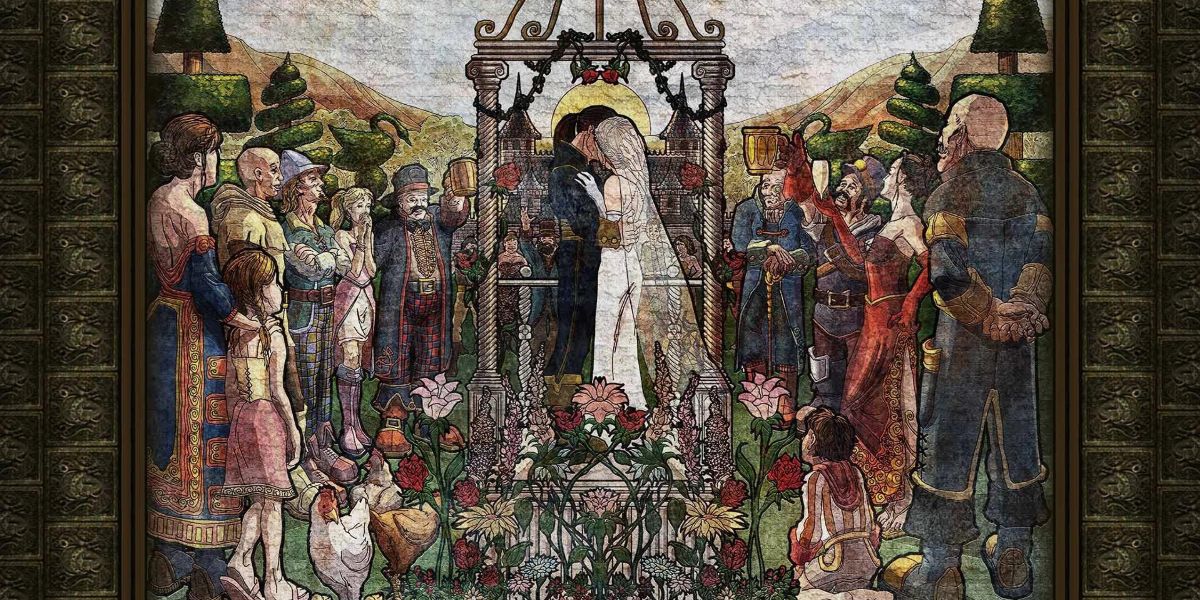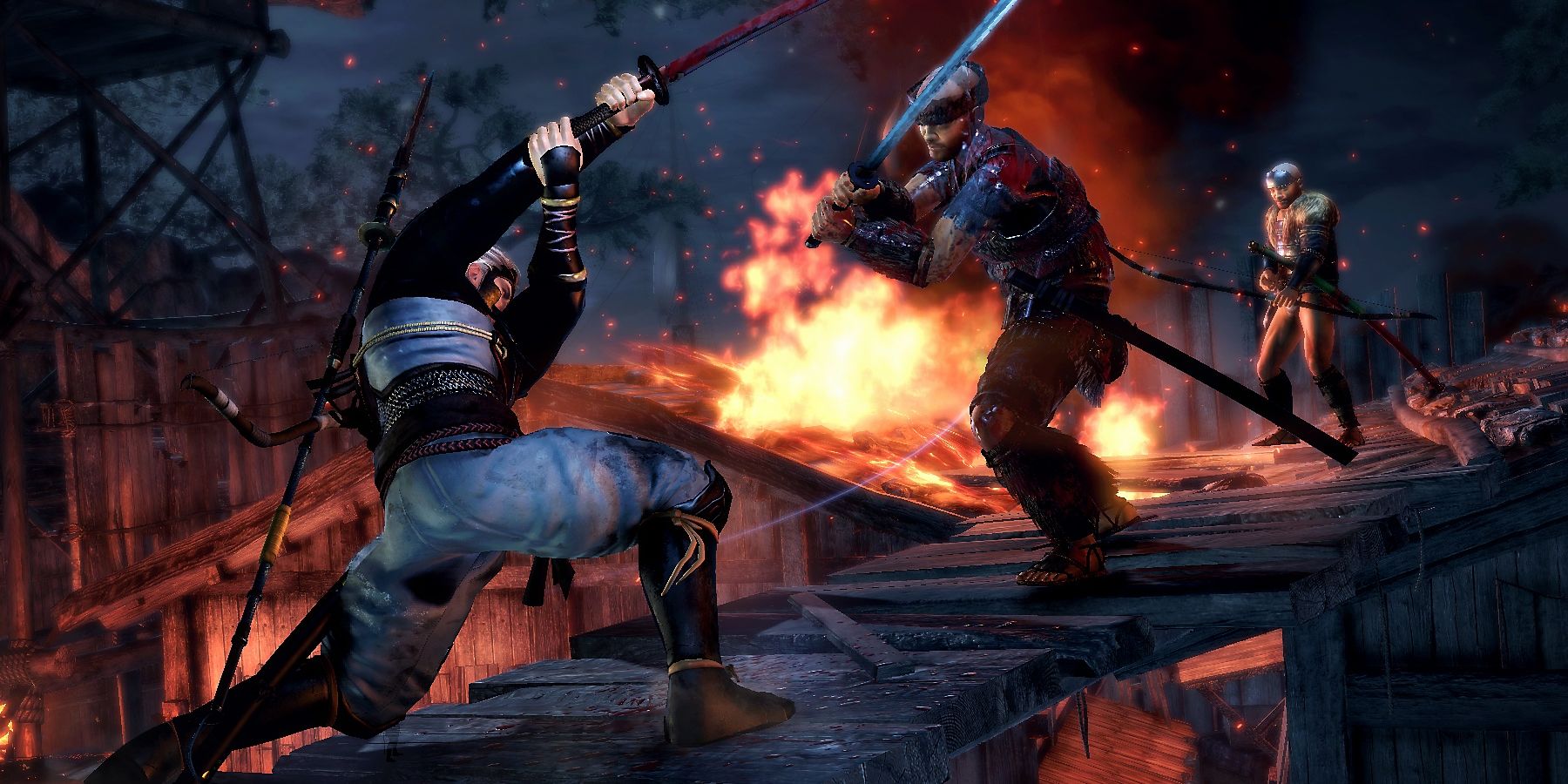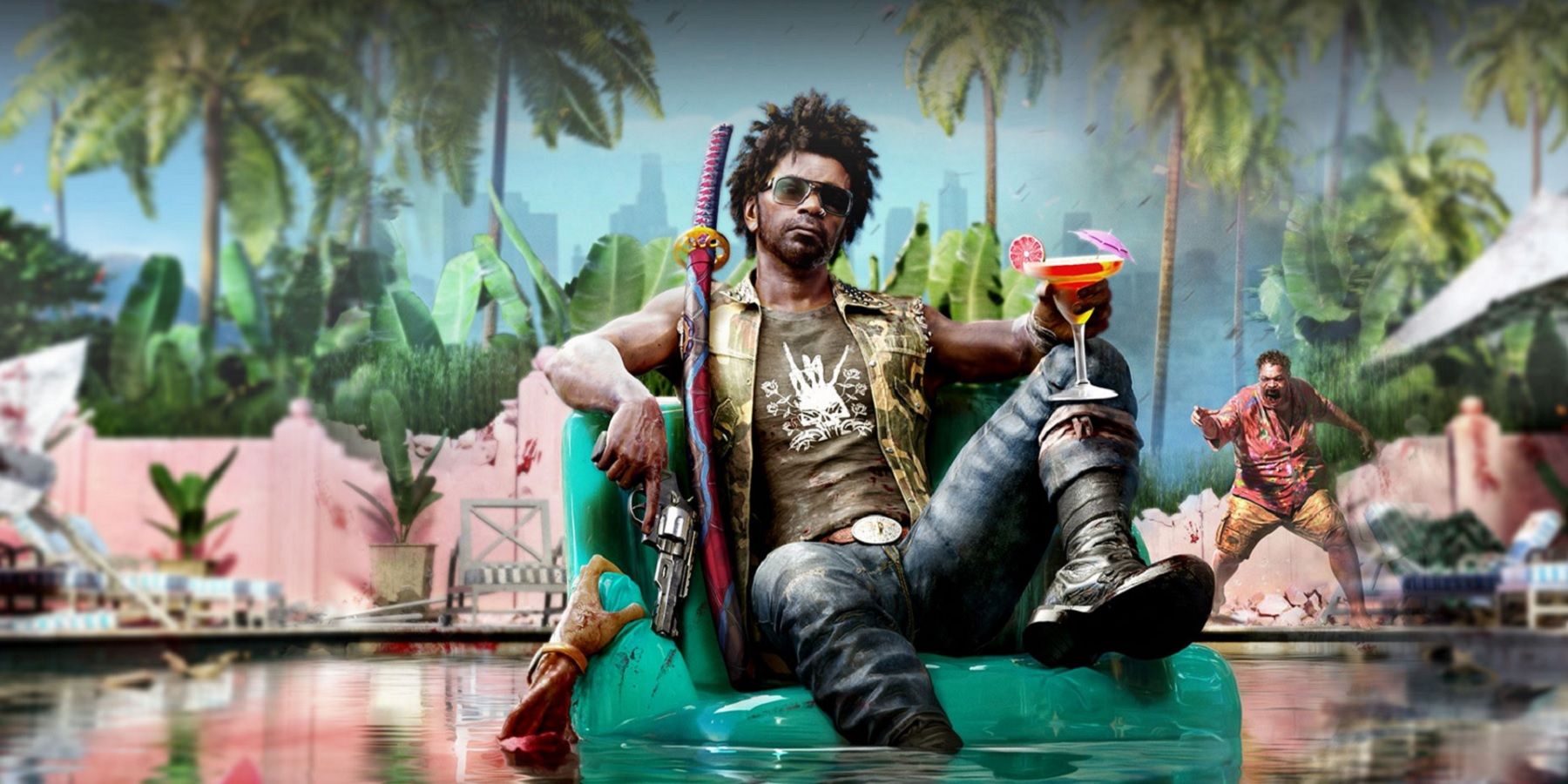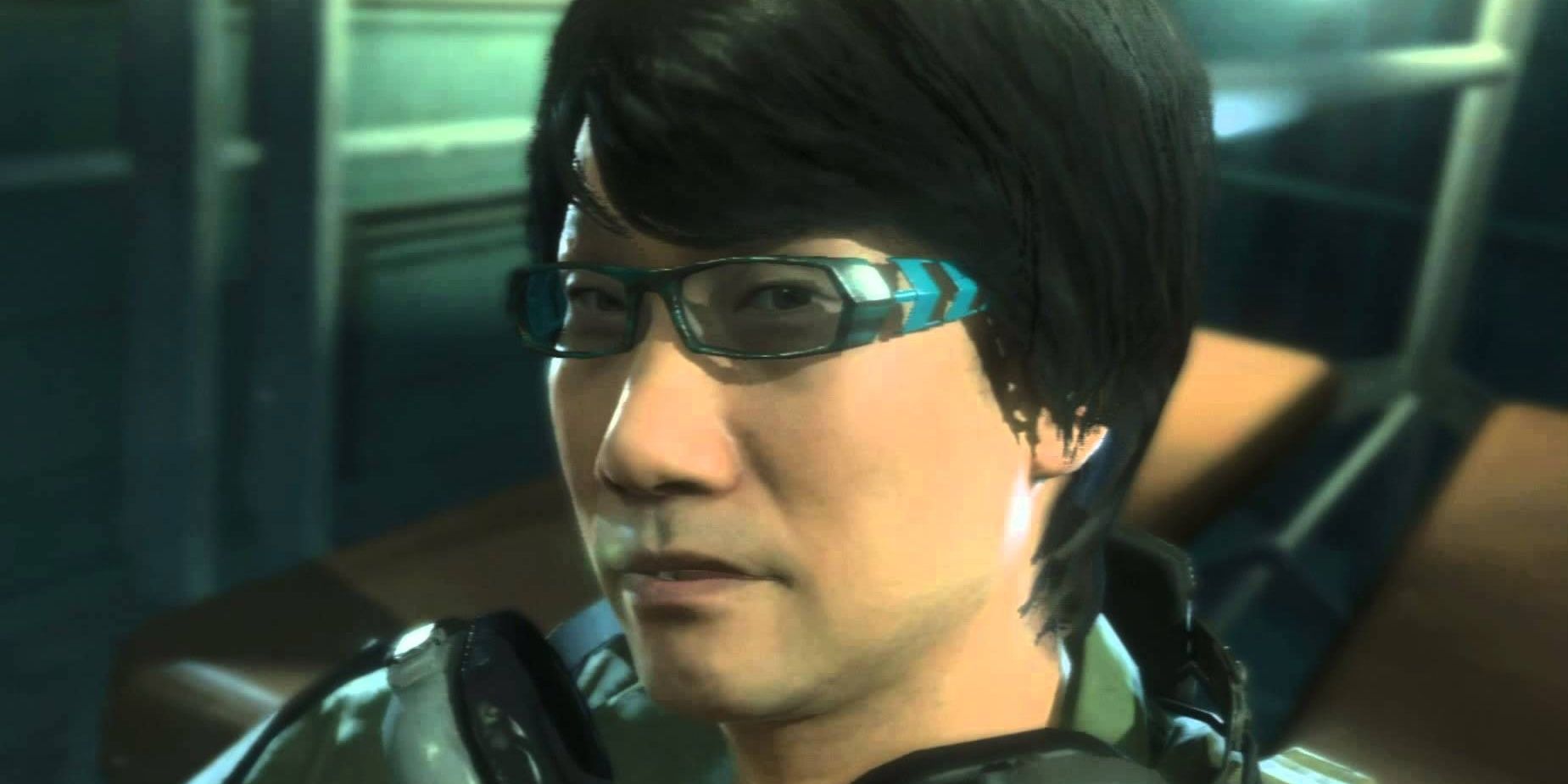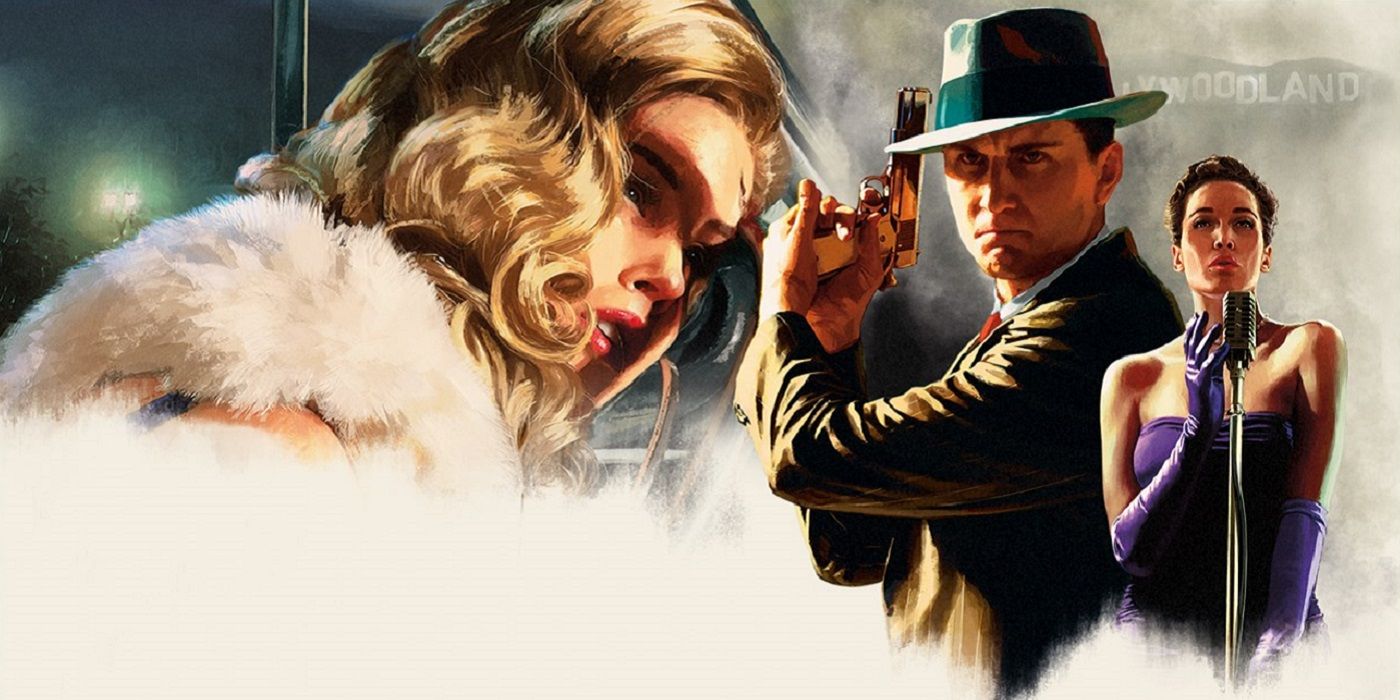Creating a piece of work can be a breeze or a trial, and neither guarantee its quality. Apocalypse Now, The Shining, and Blade Runner are great movies, yet were infamously difficult behind the scenes. While The Cannonball Run and Ocean’s Twelve were relatively comfy shoots but aren’t in Blade Runner's league.
It’s the same with videogames. There are games that were fine to make, came out on time, then passed by without much notice. Then there are others that pleased fans and critics alike but were such a strain to make that their developers likely dread recollecting their creation. Here are some great games that became nightmares to make.
8 Final Fantasy 15
Final Fantasy's frequent character, gameplay and setting changes are refreshing, but it also means even its biggest classics have vocal detractors who preferred one game's style over the other. However, people would be hard-pressed to find fans of FF13 with its linear gameplay and dull story. Yet Square-Enix tried to make the most of it, announcing 13 in 2006 as part of the Fabula Nova Crystallis subseries with FF Versus 13 and FF Agito 13.
The latter would be released as Final Fantasy Type-0, but the former struggled under original director Tetsuya Nomura, with progress growing so slow that it was considered vaporware-software that's announced but never made. In the end, Type-0’s Hajime Tabata and his team took over, and reworked it into Final Fantasy 15 in 2013. They finished the game in 2016, where it was considered a big improvement over its former Crystallis predecessors.
7 Resident Evil 4
The original Resident Evil 4 took 6 years, and went through multiple concepts before it reached store shelves. It began life as Resident Evil 3 until the "Resident 1.9" side game about Jill Valentine gained that title. So, it became RE4, a PS2 exclusive directed by Hideki Kamiya. Except his proposal about a cocky man in red blasting bioweapons was deemed too action-based to be RE and changed into Devil May Cry. RE4 would then switch to being a Gamecube-exclusive instead.
New director Hiroshi Shibata's proposal saw Leon Kennedy investigate the Progenitor Virus with the help of a girl and her dog, which changed into Haunting Ground. RE4 pressed on to its “Hookman” demo about Leon fighting off a hook-wielding ghost, which proved too intensive for the Gamecube hardware. In the end, series creator Shinji Mikami took over, focusing more on the gameplay than the story. The result changed the gaming landscape and the Resident Evil series as a whole, and turned the "Gamecube-exclusive" into one of the most ported games ever made.
6 The Last Guardian
Ico and Shadow of the Colossus were famous for their design and storytelling. Seeing how fans took to Wander’s connection with his horse Agro in SOTC, director Fumito Ueda thought of a game where the protagonist would work with an animal to solve puzzles, take on foes, and explore its world. It would be called The Last Guardian, and it went into production in 2007. Ueda hoped he’d “create something good in a short period of time”.
But it took until 2011 for Team Ico to showcase its "vertical slice" at the Game Developer’s Conference. Ueda and Team Ico ended up disbanding at the end of 2011, while their ex-parent company Sony tried to piece together what was left into a workable game. In the end, Ueda and co came back as GenDesign and finished the game off with Japan Studio (of Gravity Rush fame) for the PS4 in 2016.
5 Fable
Nowadays, it might be hard to see why Peter Molyneux was a big deal in videogames, let alone one worth an honor from the British monarchy. During the 1990s he ran Bullfrog Productions, famous for creating Syndicate and Dungeon Keeper. Today, he runs 22cans, infamous for making Godus and the NFT game Legacy. In between those two, he ran Lionhead Studios, and extolled the fantasy action RPG series Fable.
He always made weird, big promises to the press, which worked out for him in the Bullfrog days, but not in the Xbox era. When his developers were working crunch hours to get Fable running, he was adding to their workload by saying it would have instantaneous multiplayer, or acorns that would grow into trees in real time. While Fable was a hit, people often spoke about what it lacked instead of what it had thanks to Molyneux's big mouth.
4 Nioh
Famous film director Akira Kurosawa had many unfinished projects, with one in particular being about a blonde, white man in Sengoku-era Japan. It was called Oni, and Koei planned to bring it to life in 2004. It would’ve been a JRPG, but all work on it was scrapped in 2008 when co-producer Kō Shibusawa felt it wasn't particularly fun to play at that stage.
It was passed onto Omega Force to turn into a Dynasty Warriors-like game, where it was scrapped again. Team Ninja gave it a shot in 2012, creating a new scenario that had nothing to do with Kurosawa’s Oni beyond the setting and protagonist. Even then, it would take them 5 more years to turn it into the Nioh players know and love today.
3 Dead Island 2
Dead Island 2 didn’t have as much impact as Nioh or Fable, but it is an improvement over the original Dead Island and its Riptide add-on. People would hope so too, given it took 9 years to make between its original announcement in 2014 and its release in 2023. How did it go from a dead cert, to plain dead, then to living again across that time?
At first, original developers Techland were set to make the sequel, but they chose to work on Dying Light instead. Deep Silver then handed the project to Yager Development after they pitched to take it on. They worked on it for a year before leaving it in 2015, when Sumo Digital picked it up instead. But in 2019, Deep Silver decided to make it themselves via their internal studio Dambuster Studios, producing the final product people can play today.
2 Metal Gear Solid 5: The Phantom Pain
MGS5 is a divisive entry into the series. Whereas most of the Metal Gear games are heavy on story, light on gameplay, MGS5 had lots of gameplay but was low on story. The other games also got made in a relatively smooth timeframe. MGS5’s development was so chaotic that series creator Hideo Kojima was forced out of Konami, his production studio was shut down, and ex-Konami staffers blew the whistle on the company's overall working conditions.
Put briefly, while Metal Gear always made profits, the games still cost a lot to make. Konami saw they were making just as much money with less investment in the mobile market, pachinko and elsewhere. With MGS5’s high production costs, Konami took charge of its development, demoting Kojima to a consultant before firing him shortly after the game’s release. The fallout was so bad that Konami’s reputation is still in the doldrums today.
1 L.A Noire
Still, it could be worse. They could’ve been working on L.A Noire under Brendan McNamara. His company, Team Bondi, began work on the game in 2004 as a Sony exclusive. Then the publishing rights were passed onto Rockstar Games in 2006, who helped with the game’s development. But even they had trouble learning the game’s engine and the MotionScan tech that produced its facial mocaps.
McNamara’s managerial style also irked the company, as he accused Rockstar of trying to take creative control. In turn, ex-Bondi staff accused McNamara of verbal abuse, unpaid crunch hour overtime, and missing credits on L.A Noire’s eventual release. Bondi was liquidated in late 2011, Noire’s successor Whore of the Orient was canceled in 2016, and the series hasn’t had a new entry since The VR Case Files in 2017.

